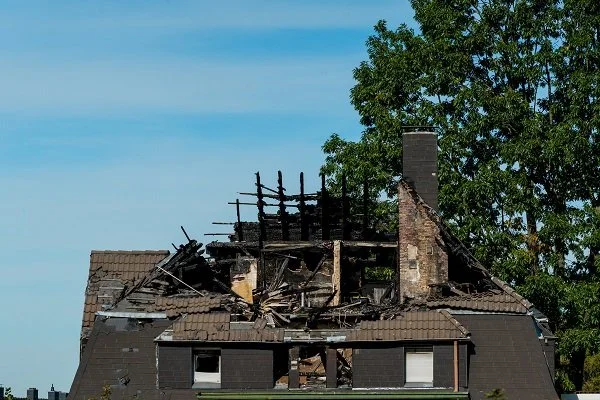Many forms of roof damage can be easily repaired, but even if you manage to patch the obvious problems there are possibly other problems that might indicate your roof has reached the end of its life. When this happens there’s really not much choice beyond replacing the roof entirely, as it’s either absolutely beyond repair or just not worth the cost of what it would take to repair adequately. If your roof has any of these problems, you should consider investing in a new roof so that your home can stay protected and you can save more money in the long run.
Major Leakage
Minor openings that allow water to leak through the roof can often be sealed to solve the problem, but major leakage could mean that your roof needs a replacement. The major leakage could be caused by several missing shingles, which can possibly be fixed by installing new shingles, but a new roof might be needed if the problem is more widespread. The leakage could also be the result of a roof that has gotten too old and the structure itself is allowing for water to get in, and replacing the roof is usually the only remedy for this problem.
Granule Deposits
If you have shingles on your roof, you may start to notice what looks like sand in your gutter. What you think is sand is possibly shingle granule deposits. Shingles that are shed because of old age or other damage can leave these deposits in your gutter and other places around your property. The problem should definitely be taken seriously and resolved quickly if you see your roof’s underlying asphalt layer that has been exposed by your deteriorating shingles.
Sagging
If you look at your roof and notice that it appears to dip in places, your roof could be sagging and on the verge of collapsing. Environmental elements and old age are among the main causes of a sagging roof. If puddles remain on your roof after rainfall, this could be a sign of sagging. You can stop your roof from sagging inward even more by scheduling a roof replacement.
Cracks in the Mortar
The mortar material for your roof could be cracking, and this may mean that your roof is too old to do its job of sheltering your home. Some small cracks that are caused by temperature changes can sometimes be fixed without having to replace the roof, but replacements are often necessary for roofs that are past their prime.
No matter what type of roof you have, it can fail because of a variety of reasons. If your roof can no longer serve its purpose because of age or serious damage, you’ll be making a smart decision for your home if you choose to have the roof replaced rather than continuously trying to cover up the problems.


